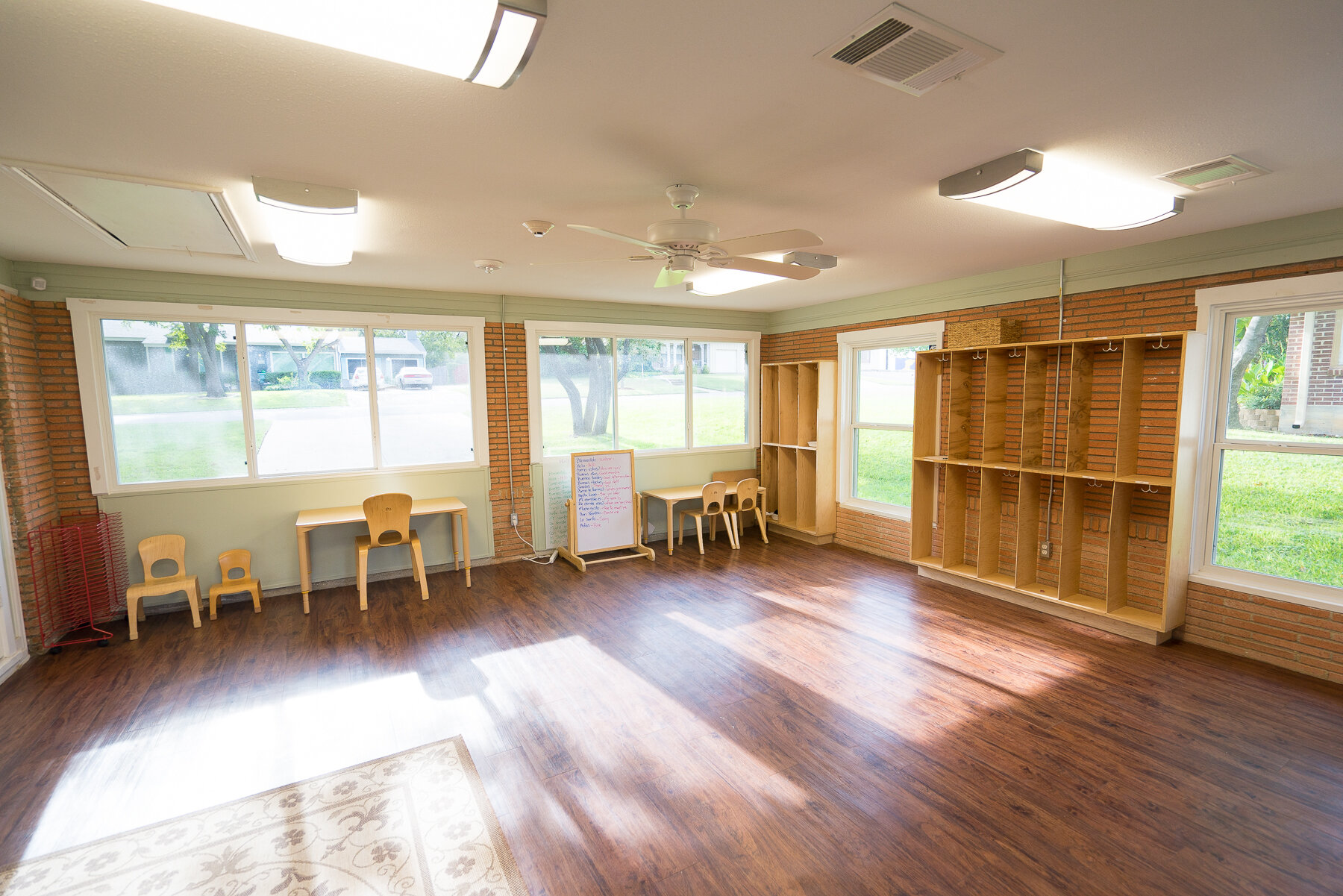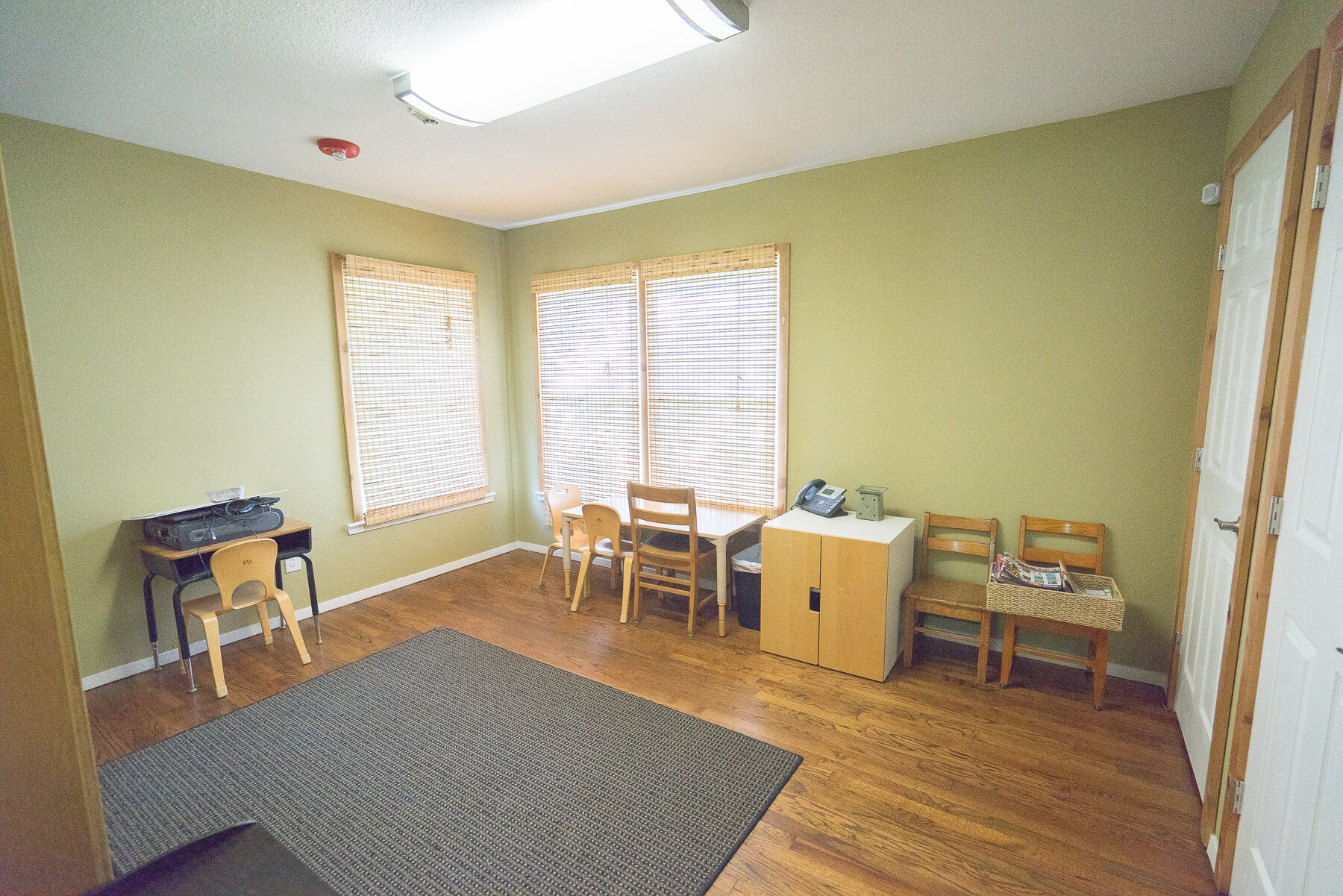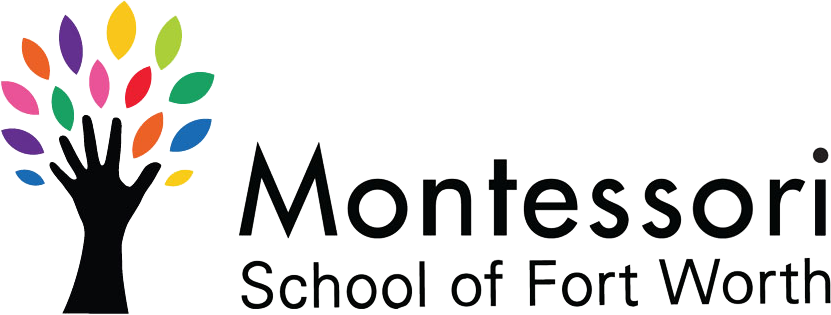Elementary
The elementary class is a community of learners grouped into the lower elementary, ages six to nine, and the upper elementary, ages nine to twelve. Children in the elementary classroom are moving toward abstract reasoning, developing a moral sense, and have a passionate drive to learn about the natural and social world.
The multi-aged grouping encourages mentoring from the older students that help them process their knowledge. The older students model more mature behavior and problem solving for the younger students encouraging them to develop their social responsibility and leadership skills. The multi-aged grouping provides for a family-like atmosphere where learning can take place naturally. The six to twelve year-old child takes responsibility for her or his actions and plays a vital role in maintaining the environment.
The schedule is designed with large blocks of uninterrupted time to facilitate the interdisciplinary connections of knowledge. The lower elementary classroom reflects the child’s ability to order the world with reason. The upper elementary students are concerned with the workings of society that is supported with research projects and group readings of literature. In both levels the student works to master skills at their own pace in mathematics and language while studying science, history, and geography as a community of learners. This structure facilitates both independent study and group work in this cooperative program.
Students have the opportunity to travel on field trips thus enhancing the learning that takes place in the classroom. This also allows the child to see connections to make connections between class material and the world outside the classroom. Community service work is encouraged and discussions on how to be peaceful, contributing citizens of the world are a basis for class meetings. The upper level students earn money for an annual overnight class trip outside the city limits learning responsibility and money management.






















